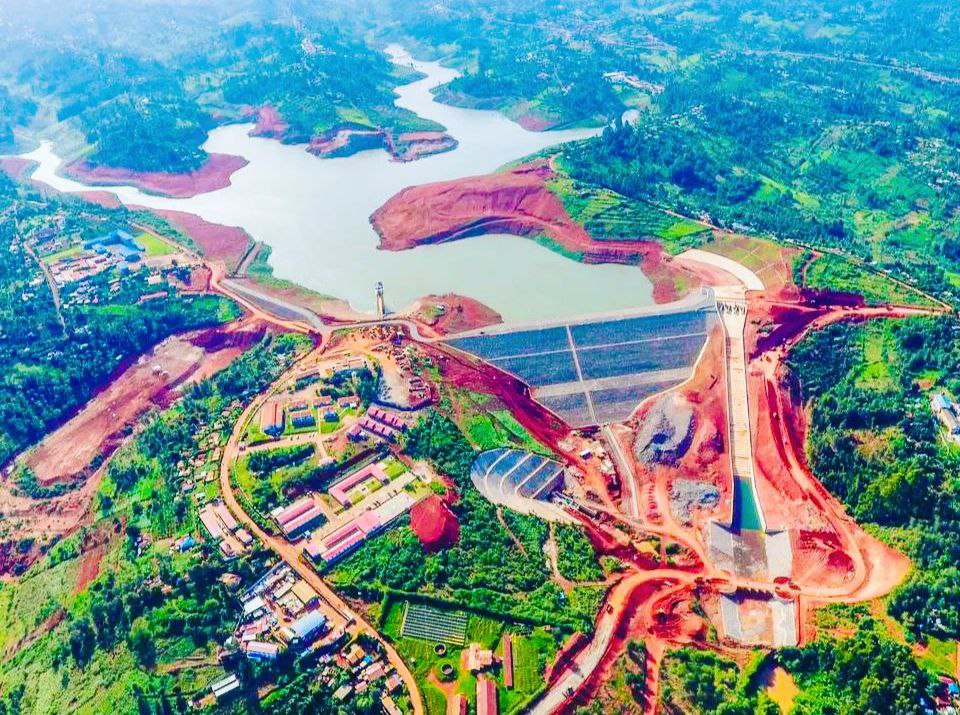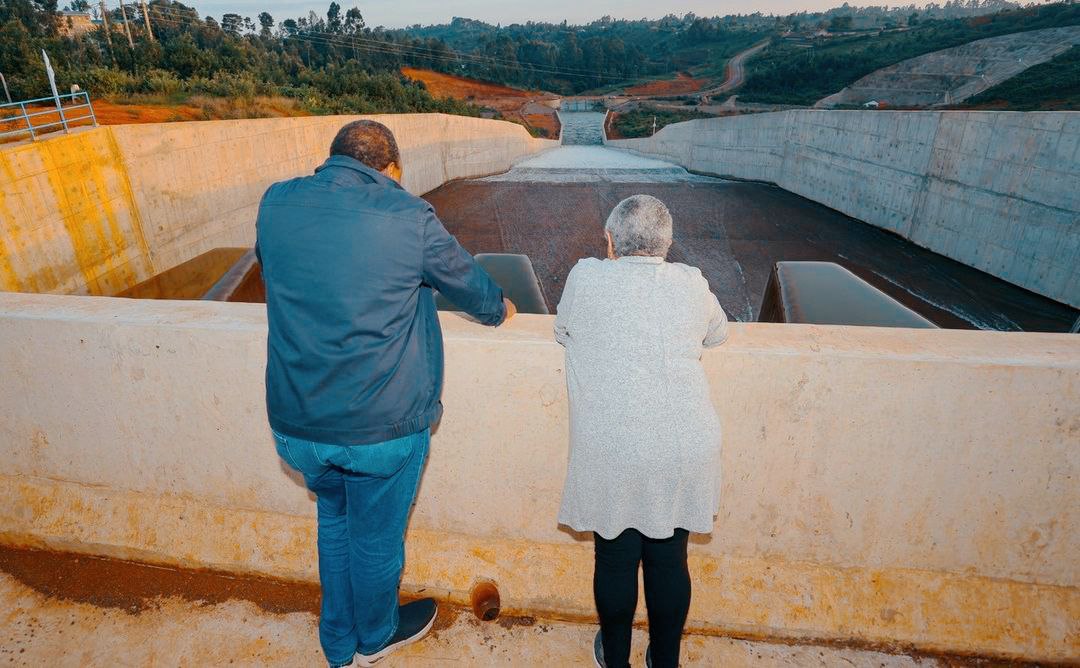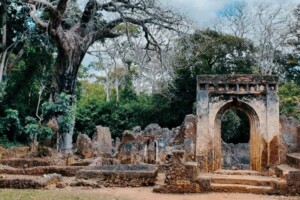Karimenu Dam is an impressive example of modern engineering and shows Kenya’s dedication to managing water in an eco-friendly way.
The dam was built mainly to help with the lack of water in the area. The Karimenu Dam can hold 26. 5 million cubic meters of water and provides more than 70 million litres of water every day to people in Gatundu, Ruiru, Juja, and some areas of Nairobi.
The project is a part of Kenya’s Vision 2030 plan, which aims to make sure everyone in the country can get clean drinking water.
The dam is 59 meters high and supplies over 70 million litres of water daily.
Spectacular Views of the Spillway
One of the most impressive parts of Karimenu Dam is its spillway, which helps control extra water, especially when it rains a lot.
The spillway is a beautiful sight where lots of water flows down, making a natural show that is both calming and exciting.
This place has quickly become popular for visitors looking for peace and a way to enjoy nature.
The green landscape around makes the place great for relaxing and thinking.

Who Built Karimenu Dam and When?
The construction of Karimenu Dam was a significant collaborative effort between the Government of Kenya and China.
The construction began in May 2019 and was completed in 2022, despite facing several challenges, including land compensation disputes with the local community.
These issues were eventually resolved, allowing the project to move forward to its successful completion.
@roadrecce 📍Karimenu Dam. 📸📽️🎥 Behind the Scenes ‼️ #roadtrip #roadtrips #roadtripkenya #tembeakenya #travel #traveltiktok ♬ Glorious David Archuleta by One Voice Children - Studio Nimba
Where is Karimenu Dam Located?
Karimenu Dam is in Gatundu North, Kiambu County, Kenya.
It is located about 75 kilometres north of Nairobi. The dam covers a large space of 243 hectares in the green, hilly area of Gatundu North, making it an important part of the scenery there.
Final Thoughts and Tips
For the best experience, visit during the rainy season when the spillway is most active, and don’t forget to explore the local communities to gain a deeper understanding of the region’s history.




